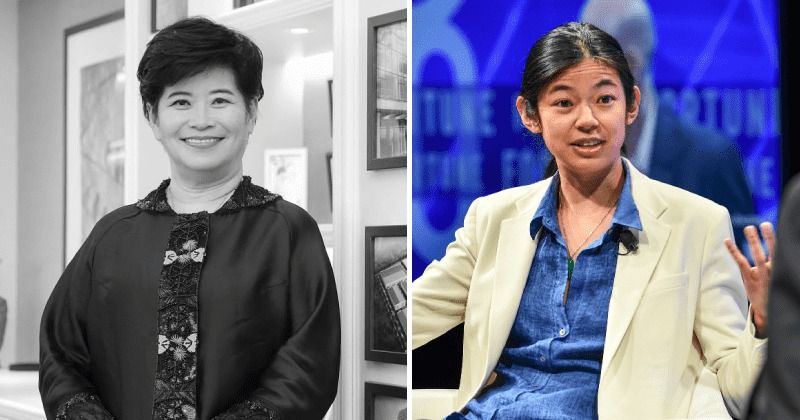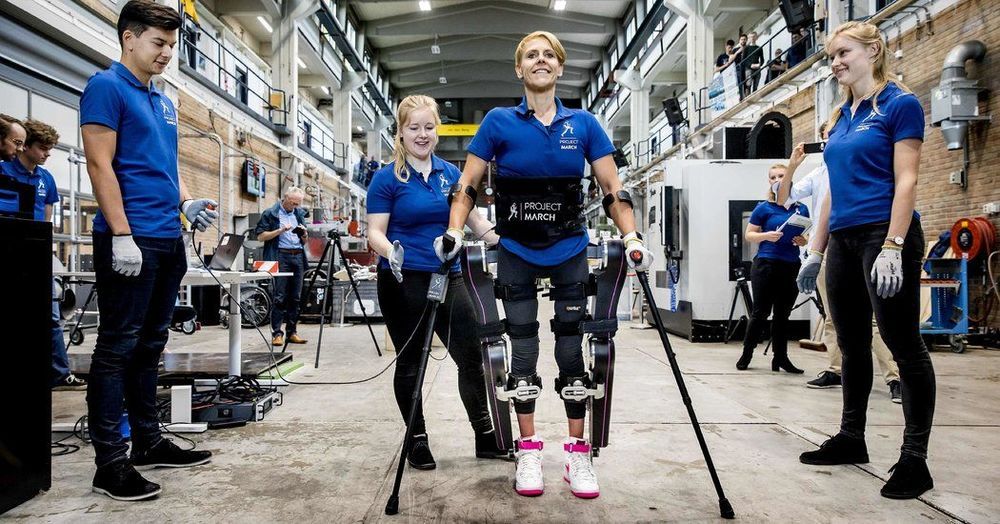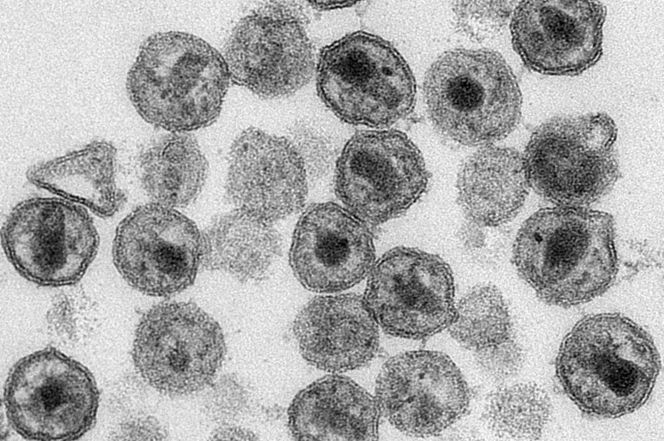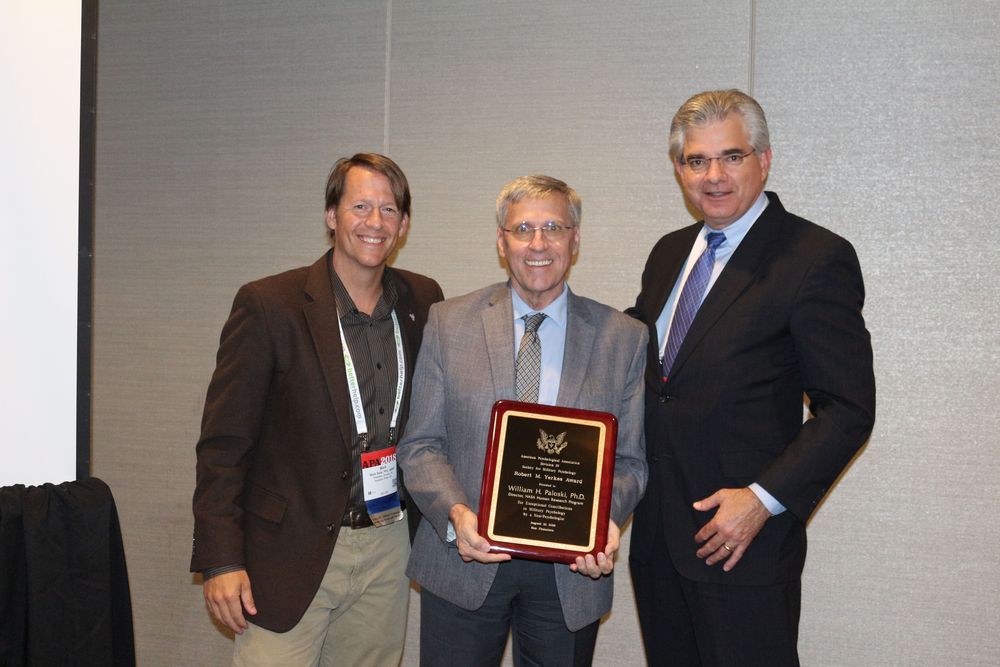Heartburn drug Zantac has been found to be contaminated with low levels of a cancer-linked chemical. This is the same contaminant that lead to multiple recalls of blood pressure drugs.


Mei Mei Hu vowed to never work with her mother, Chang Yi, but she knew this was bigger than the both of them.

Having a loved one not recognize you, or forget a shared experience can be heartbreaking but that’s what Alzheimer’s does to you. We are, ultimately, nothing but the sum of our memories and experiences, so to lose the ability to remember is to lose one’s identity. Alzheimer’s is currently the sixth-largest cause for death in the United States with over 5.8 million Americans diagnosed with the memory loss disease. After 200 unsuccessful attempts worldwide to find a drug that treats Alzheimer’s, a mother-daughter duo is now close to finding a vaccine, according to Wired.
Today, we’re offering another talk from Ending Age-Related Diseases 2019, our highly successful two-day conference that featured talks from leading researchers and investors, bringing them together to discuss the future of aging and rejuvenation biotechnology.
In her talk, Morgan Levine of the Yale School of Medicine discussed epigenetic biomarkers in detail, discussing the ways in which co-methylation networks provide insight into senescent cells and other facets of biological age.

I’m excited to share my new article for The New York Times on the brave new world of #cyborg ability and coming #transhumanism sports:
I wonder whether the sporting industry might create some new competitions where — just like technology — performance-enhancing drugs are encouraged. Innovations like the new oxygen-infused injection, which might one day allow humans to hold their breath for 15 to 30 minutes, could allow competitive free divers to reach new depths, showing just how far the human body can go.
Critics will complain that the human body was not designed to compete using enhancements and that it violates the code given to us by the ancient Greeks and their first Olympics Games, where “arête,” or excellence and moral virtue, was cherished. As a longtime competitive athlete, I appreciate the sportsmanship angle; but I also think that in the 21st century we can develop both the drugs and the technology to see humans compete in new sporting events that are even more exciting than their predecessors.
It’s hard to imagine the public wouldn’t want to see swimmers with fingers surgically webbed together to act like paddles, or weight lifters using short-lasting adrenaline shots, or 150-mile-per-hour baseball pitches thrown from bionic limbs.
Drugs and performance-enhancing technology would not have to challenge any existing sporting competitions and their cultures. It would simply be a new category of sports with different athletes. And like the Cybathlon, these types of competition do more than just entertain — they lead the way forward for the medical and transhumanist industries seeking to improve the human being. Competitions would be pilgrimages for medical professionals and entrepreneurs looking to buy and possibly mass produce the latest unique technologies.
We’re continuing to release talks from Ending Age-Related Diseases 2019, our highly successful two-day conference that featured talks from leading researchers and investors, bringing them together to discuss the future of aging and rejuvenation biotechnology.
Today, we’re releasing a talk from Dr. Doug Ethell, who announced his company’s efforts to combat Alzheimer’s disease, describing where and how this neurodegenerative disease starts and discussing his company’s work on developing therapies for the cribiform plate, which naturally clears amyloid-forming proteins from the brain before they aggregate.

A deadly fungus is spreading through banana plantations, and the cloned bananas we eat are defenseless. In labs around the world, scientists are trying to find ways to genetically alter the fruit to make it resistant.
[Images: Rawpixel]

Scientists are reporting the first use of the gene-editing tool CRISPR to try to cure a patient’s HIV infection by providing blood cells that were altered to resist the AIDS virus.
The gene-editing tool has long been used in research labs and a Chinese scientist was scorned last year when he revealed he used it on embryos that led to the birth of twin girls. Editing embryos is considered too risky, partly because the DNA changes can pass to future generations.
Wednesday’s report in the New England Journal of Medicine, by different Chinese researchers, is the first published account of using CRISPR to treat a disease in an adult, where the DNA changes are confined to that person.

On a recent afternoon at the Johnson Space Center, Bill Paloski, Ph.D., Director of NASA’s Human Research Program (HRP), commented on HRP’s mission to protect the health and safety of astronauts. He reflected on some of the human hazards of space, including radiation, isolation and confinement, distance from Earth, altered gravity, and hostile/closed environments.
“We still have a lot to learn about these hazards,” says Paloski. “For instance, how long does it take for space radiation to damage the human body? When you’re isolated, and can’t get home or talk to your family, how long can you stay positive? NASA’s Human Research Program exists to ensure the safety of brave people who are navigating unfamiliar territory in very stressful conditions. We need this program and its research teams to develop strategies to protect our explorers and pioneers who represent the front line of our nation’s space program.”
Paloski’s dedication to improving the lives of this “front line” has provided benefit to other sectors of the federal government, including those who serve the nation in high-risk missions and those in our military services. In recognition of these benefits, Paloski recently received the prestigious Robert M. Yerkes Award for significant contributions to military psychology by a non-psychologist.